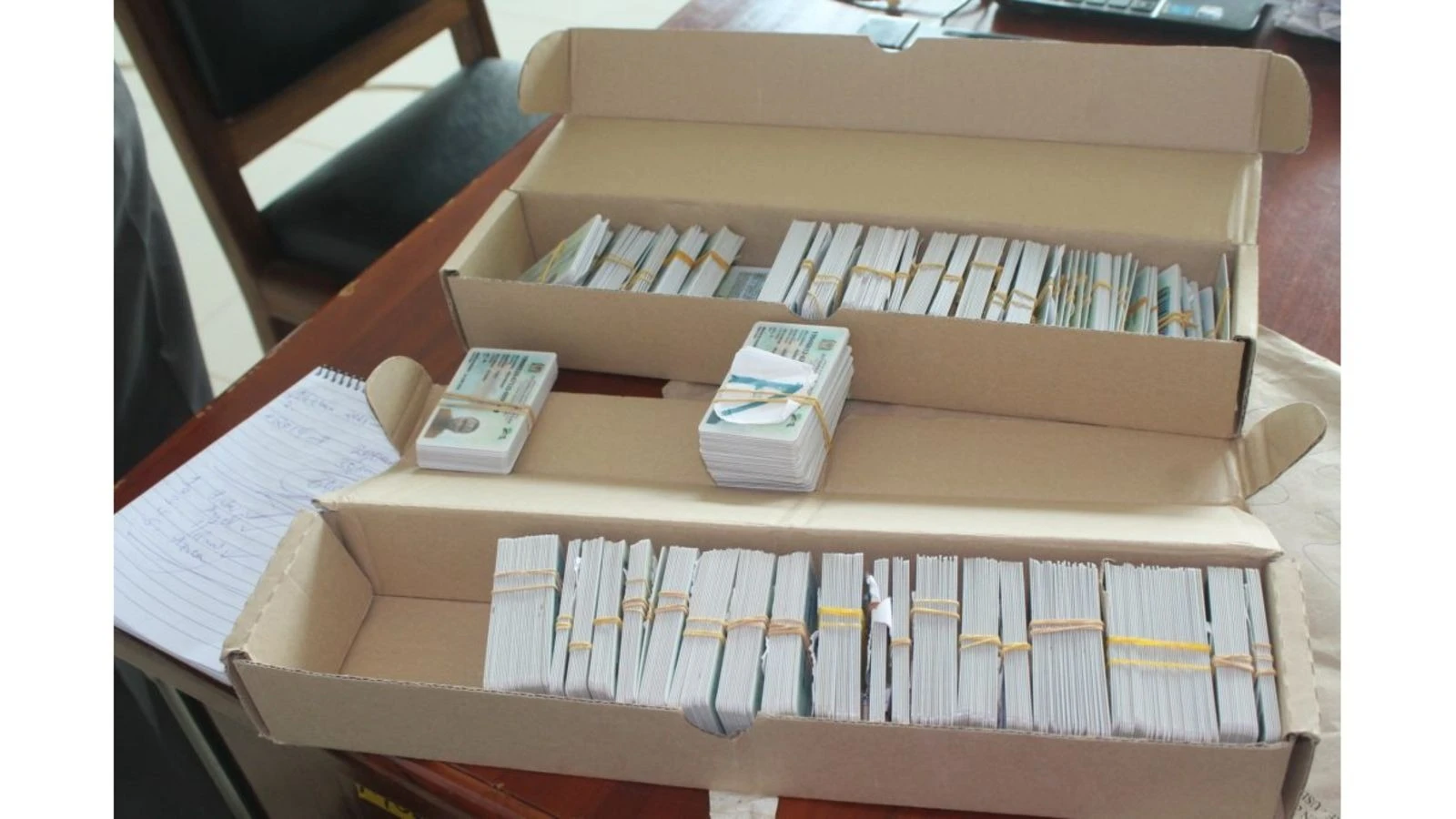Spending billions for people to drink tea more often: Any use?

WITH the world in rapid change and policy makers struggling to take account of changes they scarcely expected to witness even as the New Year was being celebrated, various problems come up that many might elect to ignore.
For example, the Tea Board of Tanzania (TBT) recently brought together industry stakeholders to seek out strategies for the development of the crop – this chiefly in a bid to draw up a ten-year development plan to run up to 2034.
Also in attendance were officials from the Tanzania Trade Development Authority (TanTrade), the Tanzania Ports Authority, cooperative unions and the Agriculture ministry.
The meeting revolved around challenges like power outages and poor roads along with exploring ways to enhance the quality of Tanzanian tea to secure its position in regional and wider markets.
What sort of particularly struck imagination was the idea of encouraging Tanzanians to consume more tea, especially locally produced varieties.
It is quite possible that current tea consumption levels are low but, from an economic point of view, setting out to get people to drink more tea can be tricky. What could do better is perhaps a matter of taste diversity rather than quantity.
For one thing, various ‘tastes’ of tea are available, herbal or medicinal tea being among them – though it is unlikely that most are locally sourced.
There have been efforts to mix tea with ginger but some users will say there was more tea than ginger, while it may have worked for a portion of consumers. More of that sort can still be done.
It is hard to say how far there is room for collaboration between the government and the private sector to collectively revive the tea industry.
Items like tea and salt are at once cheap and inelastic in terms of consumption, while the consumption of processed water compares with that of sugar in that it is elastic by income levels and personal habits or preferences. The board doesn’t have many avenues.
It is thus hard to figure out a ‘road map’ to guide collective direction other than competing brands on the market and consumption rising in tandem with increase of population.
It is unlikely that the board can find ways of enabling any of the brands to fare better than they are already doing in relation to other consumption products.
If anything, it is the tolls and levies which need to be pruned, and one avenue is to scrap controls at that level, place the crop in a multi-crop board and then see its effect.
The board and the stakeholders agreed to pursue discussions on the premise that, if increasing production is a priority, the relevant stakeholders in production need to work together to determine the best way forward.
Such a requirement could plausibly have been entrusted to a consultant who would hand the findings to a stakeholders’ meeting if the regulator could have perceived well ahead of the consultant’s report that the board could have featured in the puzzle.
Hopefully, the discussions will still serve as a blueprint to help in improving and implementing strategies designed to sustain local tea.
There was a recommendation for the devising of some marketing device to that effect, unveiling a new logo for Tanzanian tea and thus making it easily identifiable.
That perhaps implies that there are no brands, or they will feature under the same logo. The target is to do better in international markets, which looks a brilliant idea.
Top Headlines
© 2025 IPPMEDIA.COM. ALL RIGHTS RESERVED

















